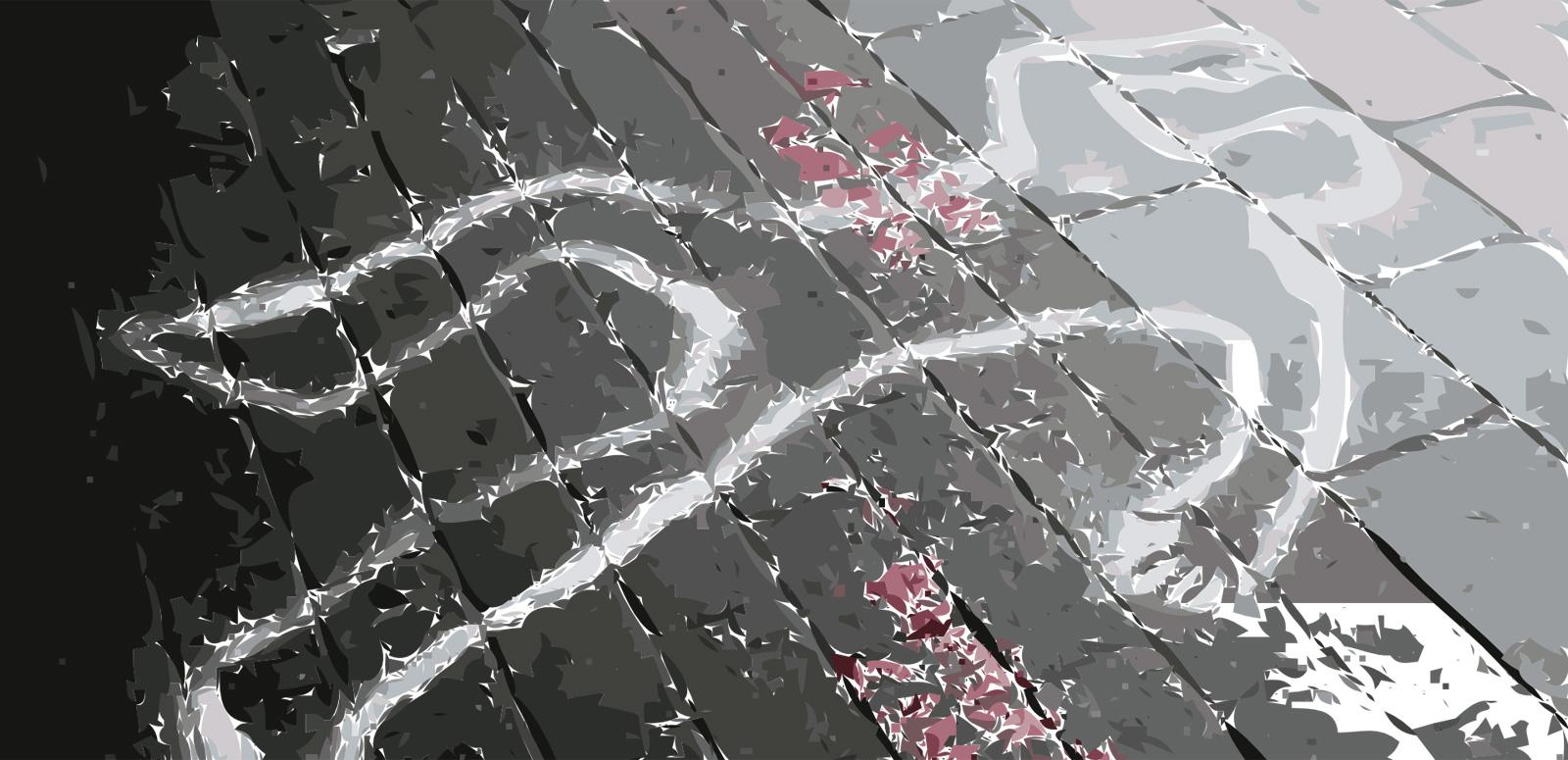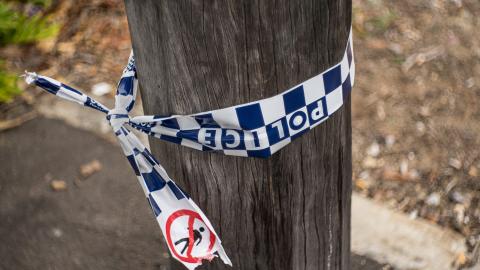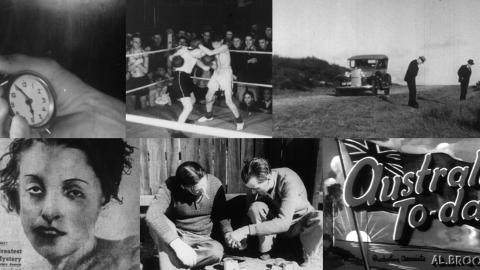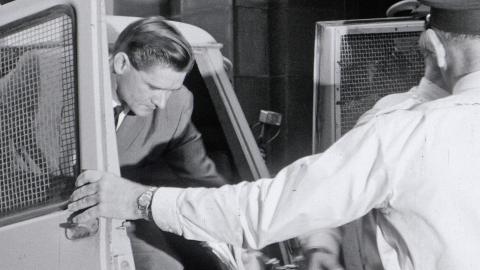

True Crime
Australian True Crime
This collection features some of Australia's most infamous crimes from the 20th century, showing how they were investigated by authorities and reported in the media at the time.
Australians are fascinated by true crime stories. They offer up real-life heroes and villains and force us to acknowledge that humankind has a dark side.
The following items from the NFSA collection show how crime reporting has changed throughout the decades.
Cinema newsreels of the 1930s to early 60s used dramatic re-creations and voice-overs to captivate an audience. In the 1980s and 90s, on-the-spot competitive reporting meant high stakes to the rapidly expanding media networks, with journalists jostling to claim 'first at the scene'.
The cases in this collection were also chosen because of their historical significance or the impact they had on Australians and the Australian way of life.
WARNING: Some of the content and descriptions in the following clips are graphic in nature and may be upsetting to some people.
The National Film and Sound Archive of Australia acknowledges Australia’s Aboriginal and Torres Strait Islander peoples as the Traditional Custodians of the land on which we work and live and gives respect to their Elders both past and present.


